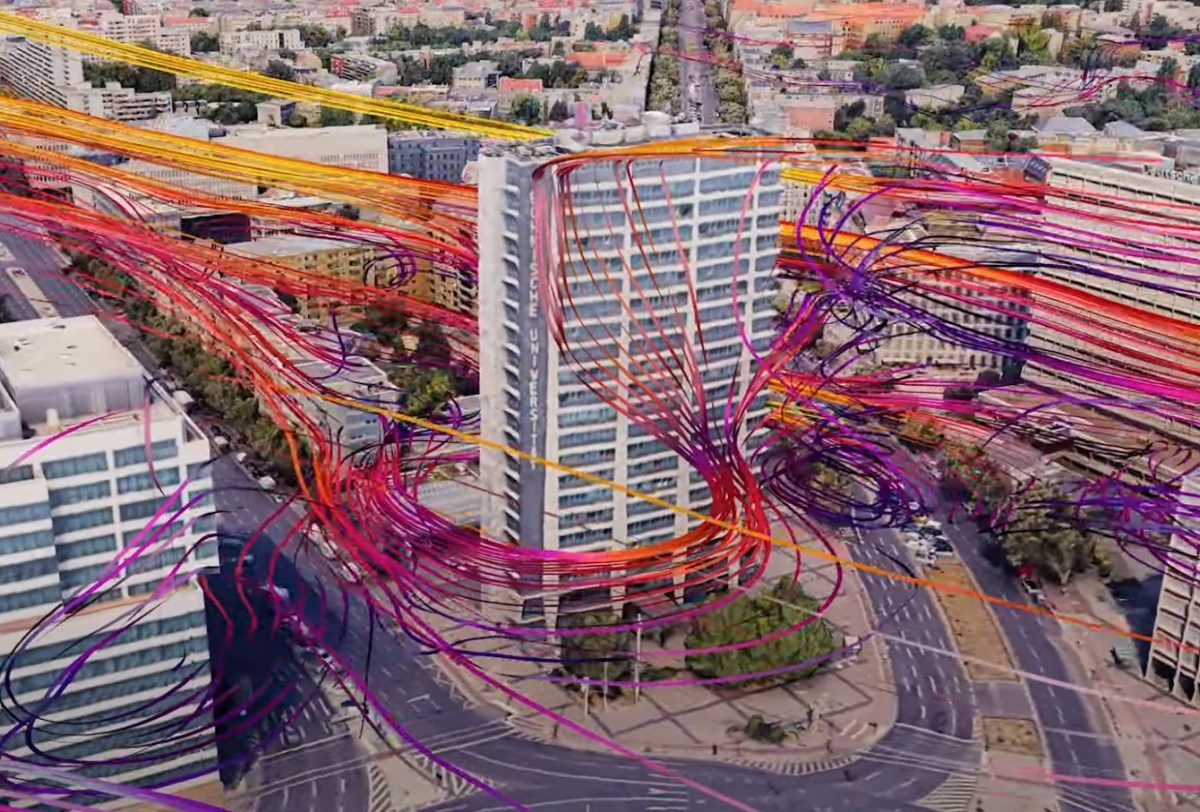
For all of the explosion of data in the past couple of decades, it’s remarkable how disconnected and crudely measured much of the world around us still is. Weather forecasts, for example, have improved enormously in recent years, yet still aren’t reliably accurate. The problem has been three-fold — not enough ability to measure, incomplete data, and not enough computing power to make sense of the data we do have.
The giant chip maker Nvidia has been working on what is being called Digital Twins. The explosion of AI has been possible in part because of massive increases in the amount of data now available coupled with an exponential scaling up of computing power. Since large language models see across unstructured data (meaning data doesn’t have to live in like-formatted databases), it can draw information from almost anywhere and knit it together to interact in ways that weren’t possible before.
The Digital Twin idea is the notion of looking at something — an organization, an eco-system, a city — and measuring and defining it in as many meaningful ways as possible and creating a digital representation in which elements can be changed or manipulated to see how the rest of the model reacts. If you’re able to make an accurate enough digital twin, the idea is that you can use it to both observe the current state of the original and simulate potential changes and see how the Twin adapts.
Nvidia is testing all sorts of applications for this. One of the biggest is a digital replica of Earth’s weather in which data from monitors worldwide are used to crunch and build simulations that are informed by observed historical data that shows us how weather behaves. Suddenly, the accuracy and speed of weather forecasting is improved by a factor of ten. Nvidia believes in the near future it will be able to forecast hyperlocal weather down to the city block level, even accounting for the effect of nearby buildings.
This clearly has macro implications in predicting storms, understanding climate change and land use. But at the organizational and company level there are also revolutionary applications. Realtime data sharing is a choke point for many enterprises in business but also in artistic collaboration. If you run an organization you understand how difficult it is to access timely data and analyze it. Ticket sales, donations, expenses, tracking resources, coordinating schedules. For all the digital tools we’ve had, the bottlenecks have continued because of the difficulty of data translation. Most data systems have simply not been good at being able to “see” into and act on information in adjacent databases, and even when there is a mass of data collected, computing it has required resources beyond the reach of most.
But creating a Digital Twin in which all data is thrown together, then harnessed to an AI that can determine context and make connections which can then be queried in real time AND using vernacular language is a potential game changer. It makes you think about budgets and resource deployment in new ways. It also eases information bottlenecks that can slow decision-making or creation, particularly in industries that require collaboration. Take animation, for example:
As the video shows, artists working on their pieces of a project can interact with other artists in real-time without having to wait until other pieces are complete. That means that set designers and costumers and production designers can evolve their thinking in a dynamic workflow that is potentially more creative and definitely more collaborative. Add an AI-driven cost analysis into the mix, and you can see a real-time production cost analysis of one creative choice versus another.
Apply the Digital Twin idea to marketing and sales, and you can see on the fly where your tickets are selling and to whom and measure progress across the context of an entire industry. You might, for example, see in real time the impact of a slight tweak in a word-of-mouth campaign or video and adjust strategy to take advantage of the opportunity. In a world where consumer choice is increasingly driven by algorithms, your AI agents, modeling off your Digital Twin, using an understanding of your goals, and learning from real-time consumer data, will optimize your ability to reach audiences you don’t currently have access to.
The bottom line: small organizations are typically hobbled by lack of access to expertise, experience and resources. LLMs now have access to much of the expertise and experience data that the biggest corporations have. And the cost of building a digital twin is small, limited only by imagination and the ability to gather what you want to measure.
Related

